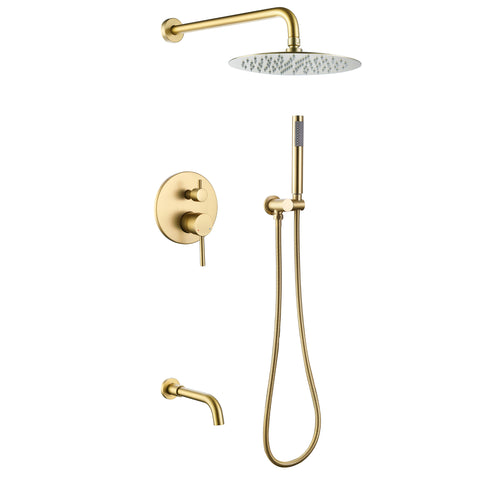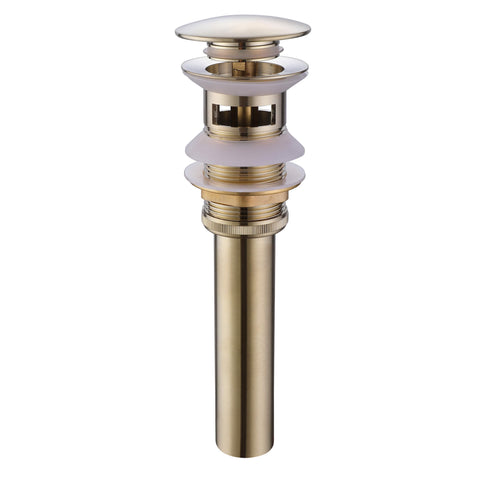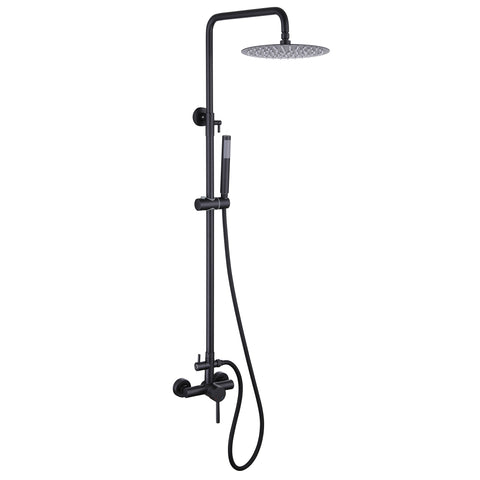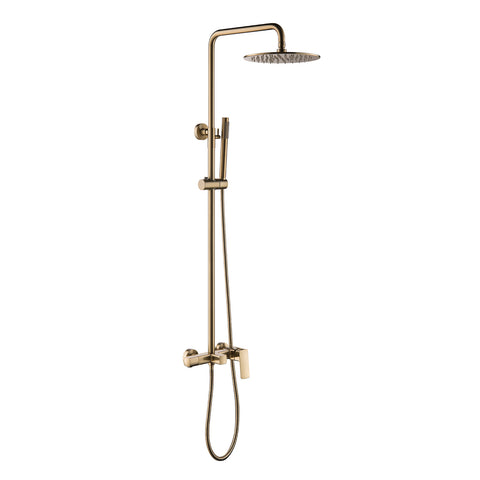How to Change the Shower Faucet in Your Bathroom?
Why Change the Shower Faucet?
Before we dive into the how-to, let's talk about why you might want to change your shower faucet in the first place. There are several reasons:
- Leak Repair: A dripping faucet not only wastes water and increases your water bill but can also cause water damage over time. Changing the faucet will eliminate those pesky leaks.
- Upgrade: If your current faucet is outdated or no longer matches your bathroom's aesthetic, changing it can give your bathroom a modern and stylish upgrade.
- Functionality: Newer faucets often come with improved features like better water pressure and temperature control, enhancing your overall showering experience.
Tools and Materials You'll Need:
- New shower faucet
- Adjustable wrench
- Screwdrivers (flathead and Phillips)
- Plumber's tape
- Plunger or cloth (to block the drain)
- Towels or rags
- Bucket (for catching excess water)
Step-by-Step Guide:
Note: Before you begin, make sure to turn off the water supply to your bathroom to avoid any accidents.
Step 1: Remove the Old Faucet
- Turn on the shower to release any remaining water pressure.
- Use the adjustable wrench to remove the shower handle. This might require removing a screw or nut, depending on the faucet type.
- Once the handle is removed, use the wrench to loosen and remove the faucet trim or cover plate.
- Unscrew and remove the old faucet valve from the wall. You might need to use the wrench again for this step.
Step 2: Prepare the New Faucet
- Follow the manufacturer's instructions to prepare the new faucet. This might involve attaching any necessary components or adapters.
- Apply the plumber's tape to the threads of the new faucet's valve to ensure a watertight seal.
Step 3: Install the New Faucet
- Insert the new faucet valve into the wall, aligning it with the holes in the wall.
- Secure the valve in place using the appropriate hardware provided by the manufacturer.
- Attach the faucet trim or cover plate over the valve and secure it with screws.
Step 4: Attach the Shower Handle
- If your new faucet has a separate handle, follow the manufacturer's instructions to attach it. This might involve securing it with a screw or nut.
- If your new faucet has a single-handle design, follow the instructions to attach and secure it.
Step 5: Test and Adjust
- Turn on the water supply to your bathroom.
- Test the new faucet by turning on the shower and checking for any leaks.
- If you notice any leaks, tighten the connections as needed. If the leaks persist, you might need to disassemble and reassemble the faucet to ensure a proper seal.
Step 6: Finishing Touches
- Once you're confident that the new faucet is leak-free, reattach the shower handle and trim securely.
- Clean up any tools, debris, and water from the area.
- Enjoy your new, functional, and stylish shower faucet!
Changing a shower faucet might seem like a daunting task, but with the right tools and a little know-how, it's a DIY project that can make a significant difference in your bathroom. Not only will you have a leak-free shower, but you'll also have the satisfaction of knowing you tackled a home improvement task on your own. So, grab your tools and get ready to transform your bathroom with a brand-new shower faucet!













